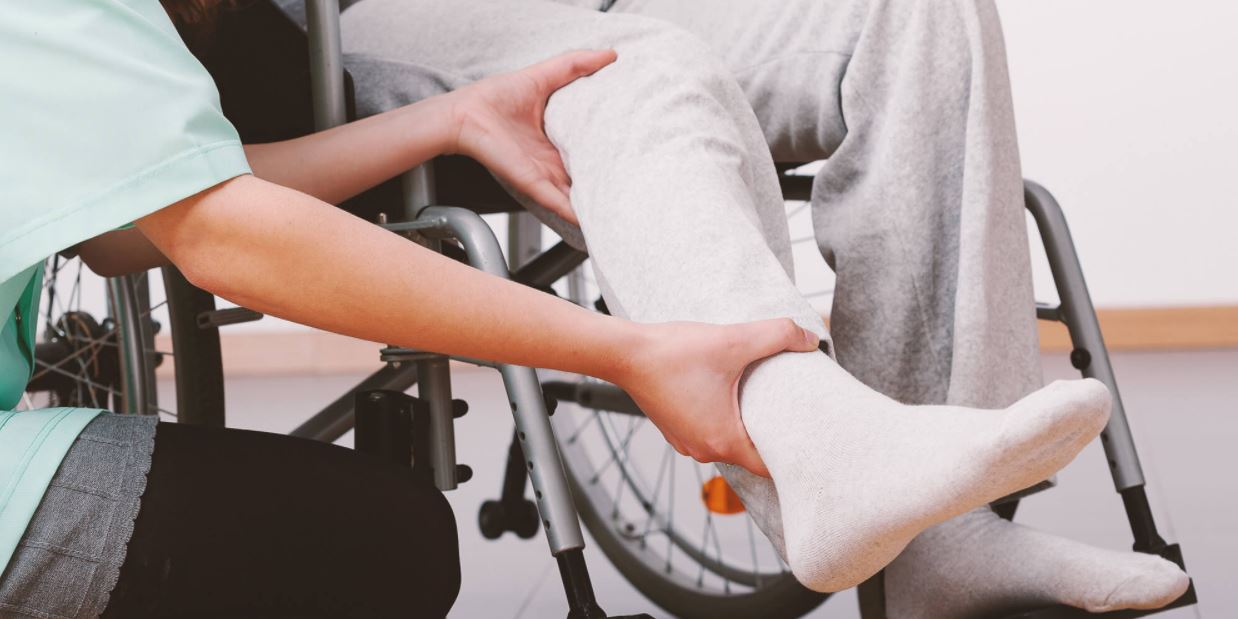Accidents can be daunting and scary. They can have a severe impact on your emotional health, which can in turn cause effect on all aspects of your life. Moreover, you might not be able to focus on any certain aspect of your life, as you will be so anxious. In such matters, it is important to seek professional help from a psychologist or psychiatrist. They have experience in dealing with such patients, so they know exactly how to handle them.
For your legal pursuits, you should seek a legal attorney who will handle your legal procedures, while you focus on your mental and physical health. A legal attorney will give you peace of mind and relaxation so that you heal completely. If you live in Corpus Christi and face an accident, consider hiring a personal injury lawyer in Corpus Christi. They have years of experience and professional skills which help you get the compensation you deserve. A legal attorney is the best person to rely upon when you are seeking help in you legal procedures. A legal attorney will understand your situation, because they have seen clients in similar situations and know how they will feel better.
The lasting success of any rehabilitation journey depends on the perseverance and diligence of the individual embarking on the journey. Rehabilitation is not a passive process; it requires active engagement, a steadfast adherence to prescribed treatment plan and an unwavering commitment to the recovery journey. The secrets to effective rehabilitation revolve around understanding the importance of consistency and commitment and incorporating them into the very fabric of the healing process.
Active Participation:
Rehabilitation is a joint project that requires the individual’s engagement. In addition to attending therapy appointments, active participation means engaging in prescribed exercises, participating in recommended activities, and making lifestyle changes. People who engage in their rehabilitation not only help with the efficacy of interventions, but also build a sense of autonomy and power in the recovery process.
Diligent Therapy Engagement:
Consistency is fundamental for successful therapy sessions. Whether through physical therapy, occupational therapy or psychological counseling, regular and punctual attendance creates the opportunity for individuals to gain maximum benefit from the expertise of health professionals. Active participation in therapy sessions allows conducting regular assessments, treatment plans correction, and continuous progress monitoring.
Home Exercise Adherence:
The rehabilitation commitment goes beyond therapy sessions. Home exercises and self-care routines are often prescribed for individuals to strengthen the gains made during the course of formal therapy. Adherence to these home exercises is an important aspect of maintaining and progressing the gains made in therapy. Regular and accurate implementation of home exercises takes part in the global success of rehabilitation.
Integration into Daily Life:
Effective rehabilitation involves incorporating therapeutic principles into everyday life. This can include ergonomic practices adaptation, incorporating adaptive techniques picked up in therapy during day-to-day activities, or lifestyle alterations to reflect the necessity of the ongoing recovery process. The dedication to assimilate rehabilitation strategies into daily routines increases
Home Exercises and Lifestyle Modifications
Home exercises and lifestyle modifications prescribed during rehabilitation reach outside the walls of traditional clinical settings. This part of the rehabilitation procedure helps individuals to participate actively in the recovery process and contributes to the development of autonomy and the continuity of progress.
Customized Home Exercise Programs:
Home exercise programs are developed for specific individuals by healthcare professionals to meet their needs and rehabilitation goals. These exercises are designed to work on specific areas of concern whether it is building muscles, improving range of motion or enhancing flexibility. Indeed, the continuity and accurate performance of these home exercises is a critical component in the strengthening of the gains obtained during formal therapies.
Self-Care Strategies:
Besides exercises, people often receive to pain, inflammation, and their general health improvement. Such approaches may involve joint protection techniques, pain management modalities, or activity recommendations that facilitate the healing process. The inclusion of these self-care practices into daily life helps in making the rehabilitation process successful. You may also seek personalized guidance from healthcare professionals, such as a house-call doctor in New York (or any other location), who can offer tailored advice and support within the comfort of their own homes.
Lifestyle Adjustments for Long-Term Well-being:
Rehabilitation tends to focus on changes to the patient’s lifestyle that help to achieve long-term health. For example, it might involve suggestions about nutritional intake, stress management, getting enough sleep, and engaging in regular exercise. These lifestyle adaptations work not only for the short-term recovery objectives but also for the health and vitality of individuals beyond the stage of rehabilitation.
Multidisciplinary Approach: Collaborative Care Teams
Multidimensional rehabilitation considers the multifactorial nature of recovery and involves professionals with different backgrounds. This type of collaborative care supports a broad and balanced approach to the problems presented by personal injury cases.
